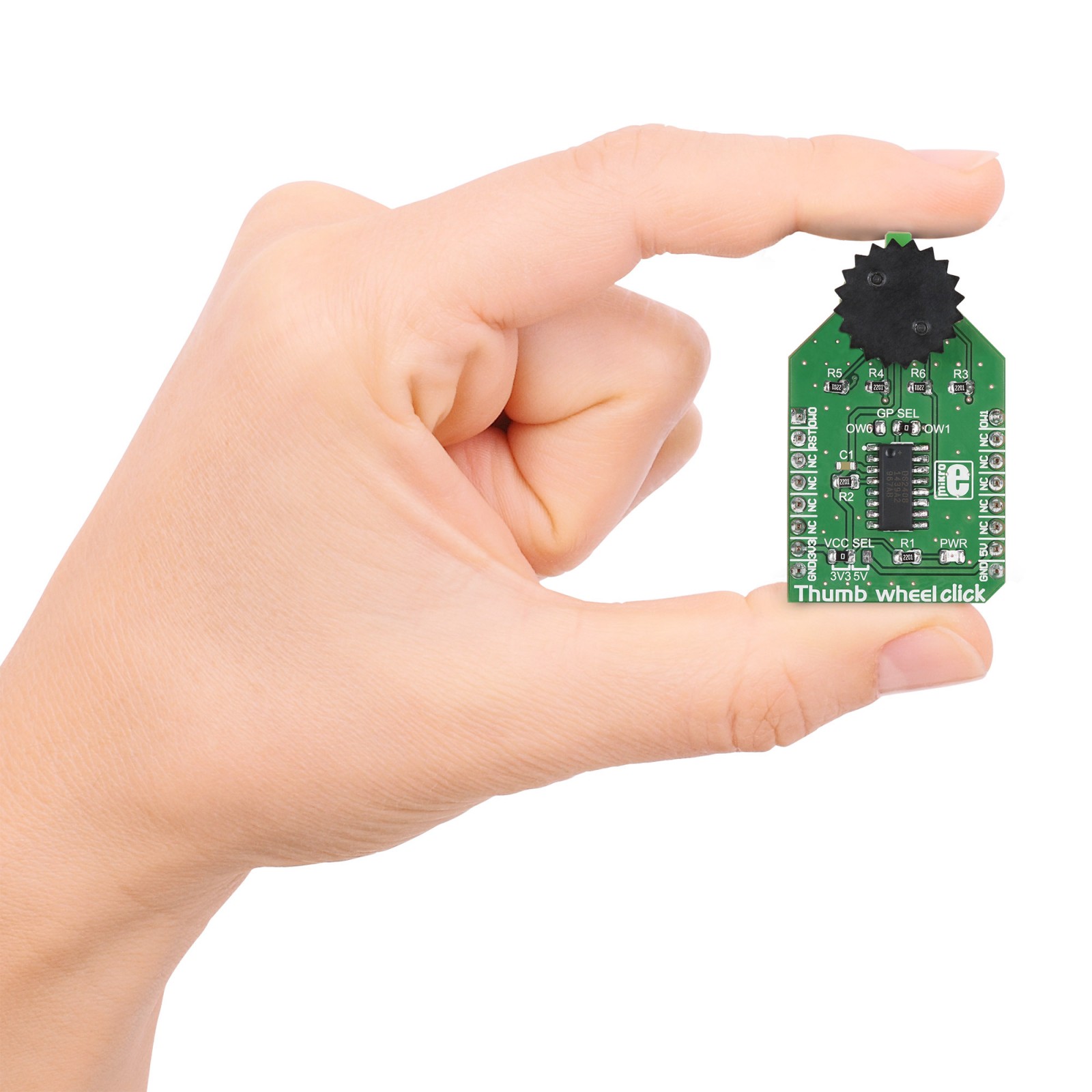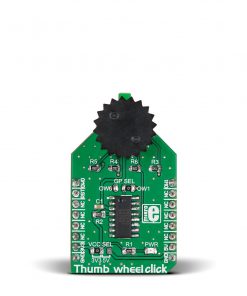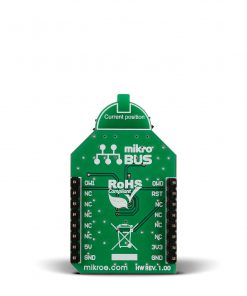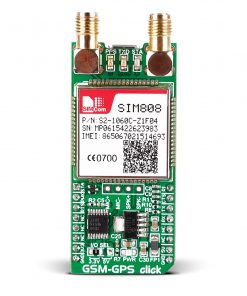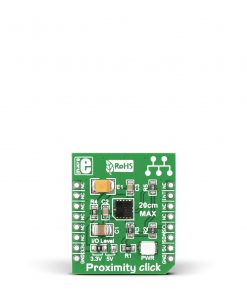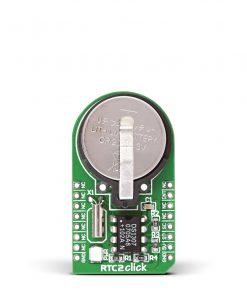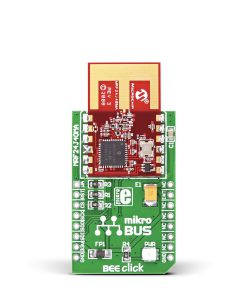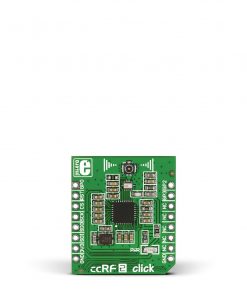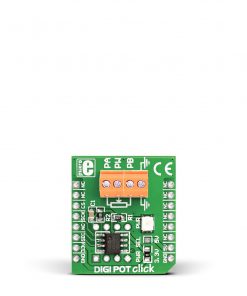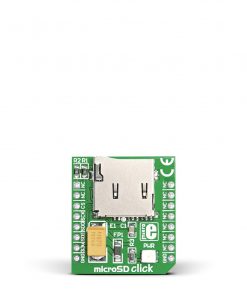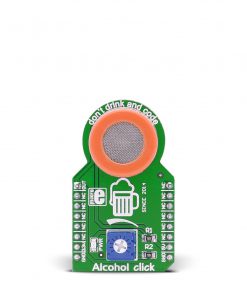Thumbwheel Click
R775.00 ex. VAT
Thumbwheel Click is a compact add-on board that allows you to add a precision input rotary sprocket to your design. This board features the DH101ALSMT001, a 10-position thumb wheel switch from Apem. It has a small operating crown with small incisions for better finger traction, with printed numerals from 1 to 10 on the side, clearly marking each position. The Thumbwheel Click on top has a small notch that marks the starting position. It is a very durable device with a minimum mechanical lifetime of 25000 steps while typically using a 1.2Ncm torque. This Click board™ makes the perfect solution for developing applications for simple input devices on various instruments, machines, and similar devices.
Thumbwheel Click is supported by a mikroSDK compliant library, which includes functions that simplify software development. This Click board™ comes as a fully tested product, ready to be used on a system equipped with the mikroBUS™ socket.
Stock: Lead-time applicable.
| 5+ | R736.25 |
| 10+ | R697.50 |
| 15+ | R658.75 |
| 20+ | R633.95 |




